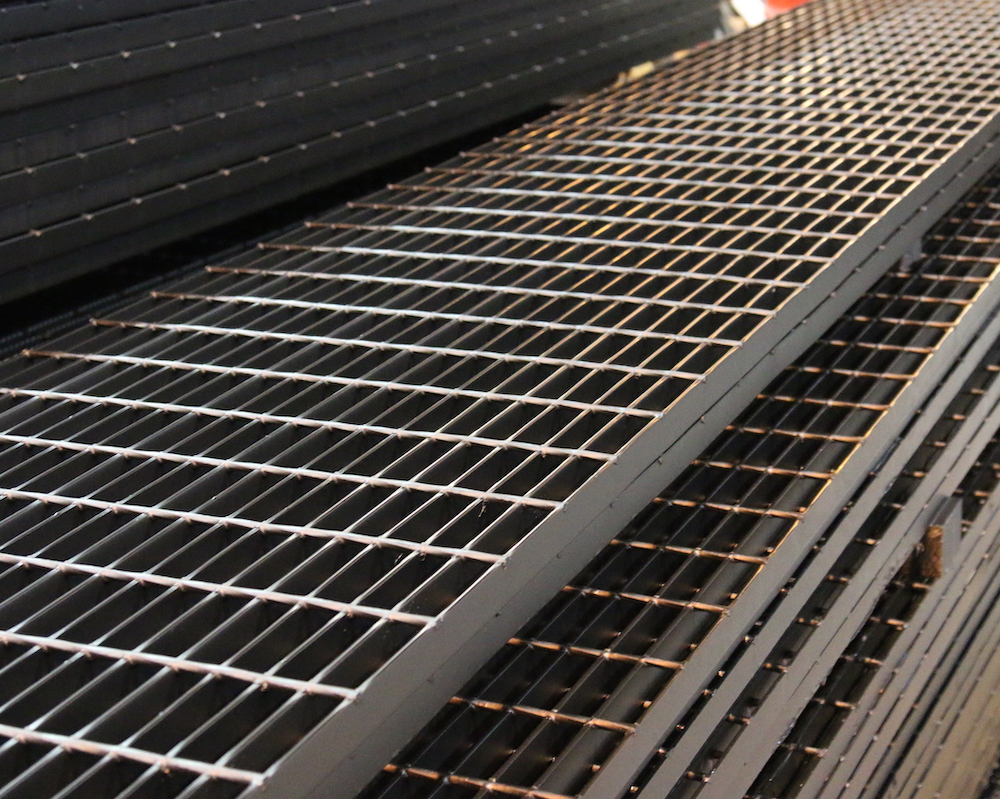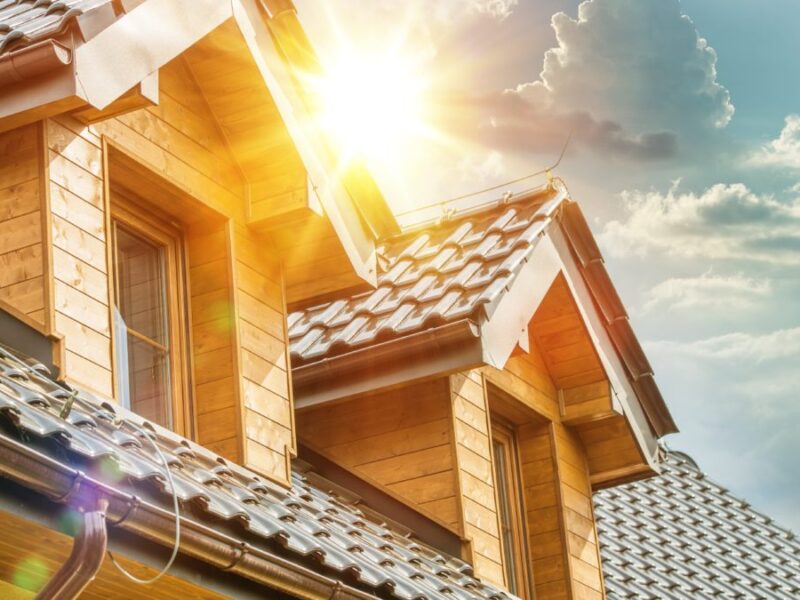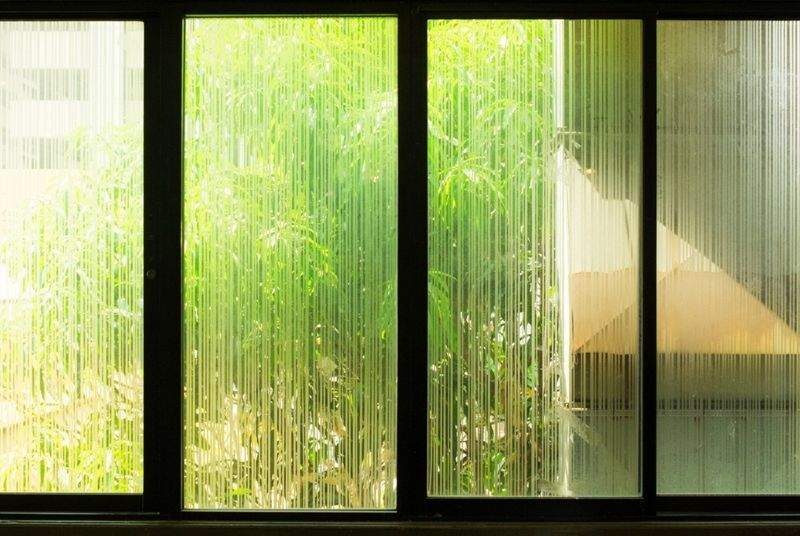In today’s world of construction and industrial design, the primary concerns are safety, functionality, and sustainability. Eco-friendly design is becoming popular nowadays and not only prevents accidents but also ensures Anti Slip Grating is used to its maximum potential. Created for factories, public places, commercial buildings, and walkways, anti-slip grating serves its purpose without compromising infrastructure goals.
The Importance of Anti-Slip Grating in Modern Infrastructure
Injuries, legal complications, and angry customers due to downtime are some of the problems that businesses face when dealing with slips and falls. Clean, oily, or dirty floors can become hazardous if traditional flooring solutions are used. Furthermore, modern flooring solutions such as anti-slip floor grating take care of this problem by providing better traction. Equipped with a textured surface, the flooring can sustain moisture, chemicals, and other slippery-inducing substances, which most strive to avoid.
Taking steps toward better health care measures for employees, starting from the installation of nonslip grating in commercial and industrial settings, is a sign of superb dedication toward occupational health and safety. As opposed to traditional flooring, grating systems permit drainage and air circulation, helping to avoid the buildup of liquids and debris that can foster dangerous conditions.
Materials and Sustainability
With today’s environmental awareness, the sustainability of construction materials is no longer an option but rather a requirement. There are various materials for anti-slip grating, each possessing different levels of durability, recyclability, and environmental impact. Among the more popular ones are anti-slip metal grating, anti-slip GRP grating, and plastic grating.
Durability and weight are benefits of anti-slip GRP (glass-reinforced plastic) gratings. For this reason, they have become leading choices in the sustainable building materials market. GRP grating is lightweight but exceptionally strong; it does not corrode or degrade under exposure to chemicals or UV radiation. Because it is non-conductive and low maintenance, it is frequently used in marine settings, wastewater treatment plants, and food processing facilities.
Furthermore, the environmental credentials of GRP are improved as it is frequently manufactured with a high proportion of recycled content.
Another environmentally friendly product is Plastic Grating using high-density polymers, which has remarkable chemical resistance and is also applicable in areas with corrosive environments. Because of its non-porous and non-bacterial surfaces, it is highly suitable in the pharmaceutical and food processing industries, where cleanliness is critical.
Functionality Meets Design
A distinctive feature of anti-slip Grating is its appreciation of design alongside the blending of aesthetics with functionality, which is perhaps one of its most appealing aspects. Not restricted to being purely utilitarian, modern grating designs are offered in various colors, patterns, and finishes to match architectural designs. Thus, they are best suited for public places such as parks, pedestrian bridges, boardwalks, and transport hubs due to their visual appeal, which is as important as safety.
Like every grating, the open grid pattern of the grating permits the free passage of light, air, and water. In addition to improving ventilation and drainage, this feature enhances comfort and the usability of the area.
Applications Across Industries
The industrial anti-slip floor grating can be applied in numerous domains because of its adaptability. In industry, it is used on platforms, catwalks, and stairways as well as in trench covers to promote safety. In commercial buildings, it is present in mechanical rooms, rooftops, and entranceways while ensuring safety for maintenance sobs and building occupants. Read This
Non-slip grating adds considerable value in public infrastructure, such as anti-slip gratings at train stations and airports, as well as in parking structures dedicated to pedestrian safety and drainage management. What’s more, in the realm of outdoor recreational facilities, anti-slip GRP grating along with plastic grating is used in docks, piers, and hiking trails, providing not only resilience against harsh weather conditions but also a safe surface for walking.
Cost-Effectiveness and Low Maintenance
The long-term benefits associated with the use of anti-slip Grating outweigh the initial expenditures due to lower costs related to spending on maintenance, replacements, liabilities, and legal claims compared to traditional floorings. For instance, GRP and plastic materials require little maintenance, and with appropriate galvanization or coating, metal gratings are created to endure wear and tear. This durability means that fewer materials need to be replaced over time, reducing waste and downtime.



